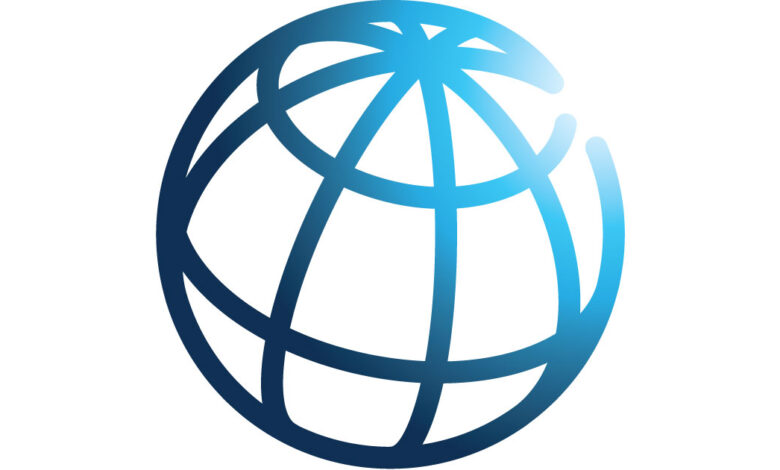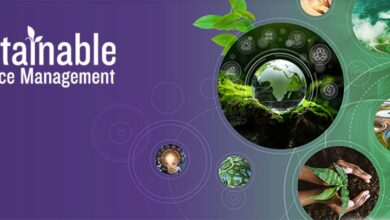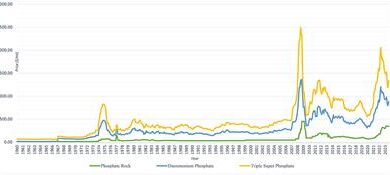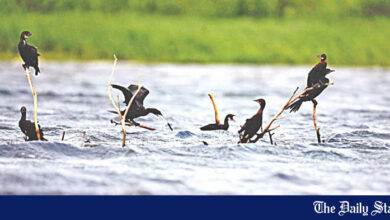Water Resources Management Overview: Development news, research, data

The World Bank is committed to assisting countries meet their economic growth and poverty reduction targets based on the Sustainable Development Goals (SDGs). Particularly, water resource management is tackled in SDG 6.5, but other SDGs and targets require water resource management for their achievement. Accordingly, the Bank has a major interest in helping countries achieve water security through sound and robust water resource management.
Water security is the goal of water resources management. For a rapidly growing and urbanizing global population, against a backdrop of increasing climatic and non-climatic uncertainties, it is not possible to “predict and plan” a single path to water security. To strengthen water security we need to build capacity, adaptability, and resilience for the future planning and management of water resources.
Water Resources Management (WRM) is the process of planning, developing, and managing water resources, in terms of both water quantity and quality, across all water uses. It includes the institutions, infrastructure, incentives, and information systems that support and guide water management. Water resources management seeks to harness the benefits of water by ensuring there is sufficient water of adequate quality for drinking water and sanitation services, food production, energy generation, inland water transport, and water-based recreational, as well as sustaining healthy water-dependent ecosystems and protecting the aesthetic and spiritual values of lakes, rivers, and estuaries. Water resource management also entails managing water-related risks, including floods, drought, and contamination. The complexity of relationships between water and households, economies, and ecosystems, requires integrated management that accounts for the synergies and tradeoffs of water’s great number uses and values.
Water security is achieved when water’s productive potential is leveraged and its destructive potential is managed. Water security differs from concepts of food security or energy security because the challenge is not only one of securing adequate resource provision – but also of mitigating the hazards that water presents where it is not well managed. Water security reflects the actions that can or have been taken to ensure sustainable water resource use, to deliver reliable water services, and to manage and mitigate water-related risks. Water security suggests a dynamic construct that goes beyond single-issue goals such as water scarcity, pollution, or access to water and sanitation, to think more broadly about societies’ expectations, choices, and achievements with respect to water management. It is a dynamic policy goal, which changes as societies’ values and economic well-being evolve, and as exposure to and societies’ tolerance of water-related risks change. It must contend with issues of equity.
The Water Security and Integrated Water Resources Management Global Solutions Group (GSG) supports the Bank’s analytical, advisory, and operational engagements to help clients achieve their goals of water security. Achieving water security in the context of growing water scarcity, greater unpredictability, degrading water quality and aquatic ecosystems, and more frequent droughts and floods, will require a more integrated and longer-term approach to water management. Key areas of focus will be ensuring sustainability of water resources, building climate resilience, and strengthening integrated management to achieve the Global Practice’s (GP) goals and the SDGs. The GSG will work with a multiple GPs and Cross Cutting Solutions Areas (CCSAs) directly through water resources management or multi-sectoral projects and indirectly through agriculture, energy, environment, climate, or urban projects.
Last Updated: Oct 05, 2022



